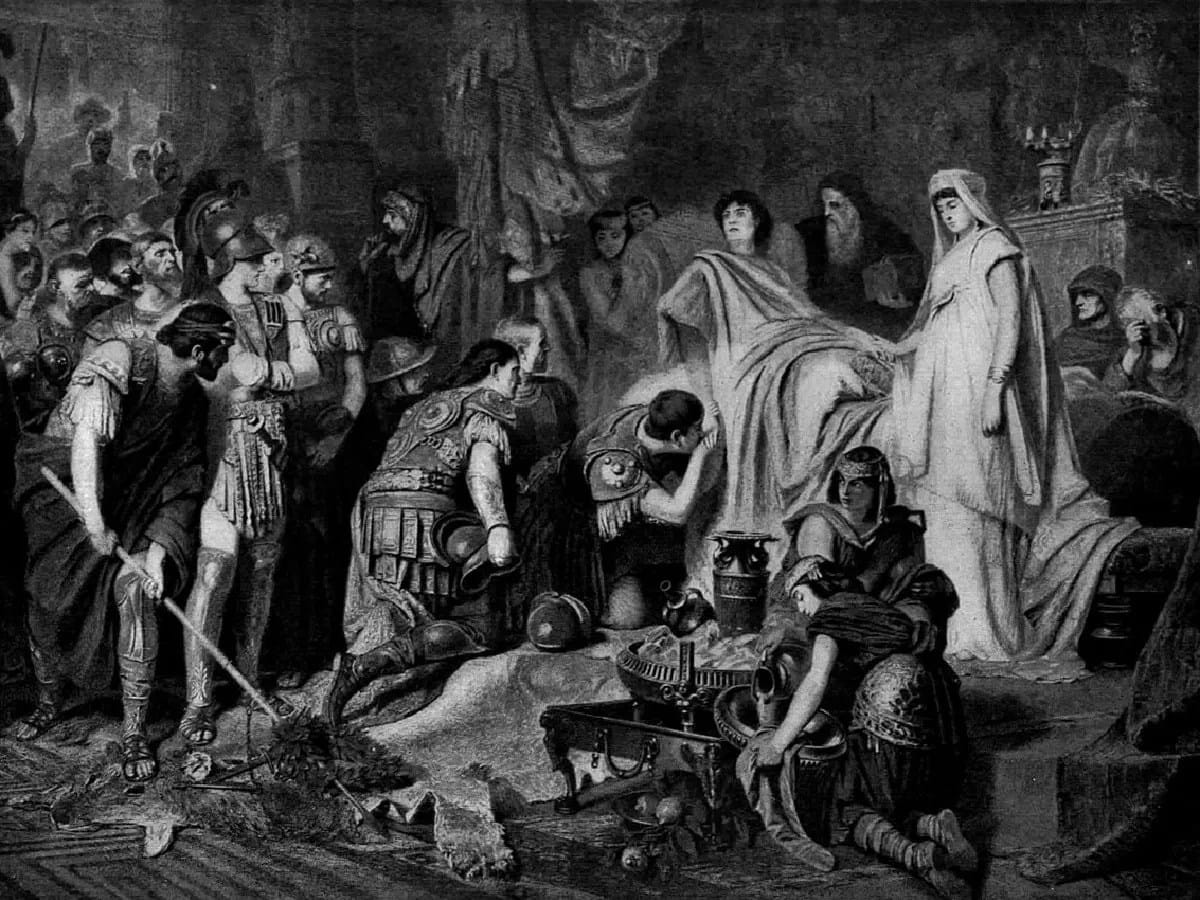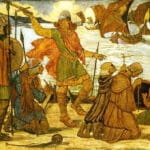King Canute the Great, the Viking ruler who united England, Denmark, and Norway, met an unexpectedly early end in 1035. While historical records confirm his death on November 12th at the age of 40, the exact cause remains shrouded in mystery, leaving historians to piece together clues from his life and the era he lived in.
The Illness That Felled a King
Canute’s death, while not on the battlefield, was far from the peaceful passing depicted in the TV series “Vikings Valhalla.” Ancient chronicles tell us he suffered a period of illness before his death, but they are frustratingly vague on the details. Without clear medical descriptions, the exact nature of his ailment remains a subject of speculation.
Some historians believe Canute’s lifestyle may have contributed to his declining health. Lavish feasts were commonplace during his reign, and the physical demands of frequent military campaigns could have taken a toll on his body.
Could Stress Have Played a Role?
Beyond the physical demands of his rule, the immense pressure of governing a vast empire likely weighed heavily on Canute. The constant decision-making, potential for rebellion, and sheer responsibility of maintaining such a large and diverse realm undoubtedly created significant stress. As modern medicine has shown, chronic stress can severely impact even the strongest constitution.
A Medical Mystery for the Ages
Adding to the mystery, medical knowledge in the 11th century was rudimentary compared to modern standards. Treatments were basic, and understanding of diseases was limited. This makes it difficult to pinpoint what could have caused Canute’s illness and eventual death.
While we may never know for sure what illness befell Canute the Great, his untimely death serves as a reminder of the precarious nature of life, even for the most powerful rulers, in 11th-century Europe.
The Legacy of an Unanswered Question
Canute’s death triggered a power vacuum within his vast empire, leading to fragmentation and internal conflicts. His sons, unable to maintain their father’s grip on power, engaged in struggles for control, ultimately weakening the kingdom. This instability arguably paved the way for the Norman conquest of England in 1066, a pivotal event in English history.
The mystery surrounding Canute’s death continues to fascinate historians and medical professionals alike. Could further research into historical records or even archaeological evidence one day shed light on the illness that cut short the life of one of England’s most powerful Viking kings? Only time will tell.
Canute’s Children: Heirs to a Divided Kingdom
King Canute, twice married, fathered four children who would become central figures in the power struggles that followed his death. His first marriage to Ælfgifu of Northampton produced:
- Harold Harefoot: A driven and ambitious son who briefly ruled England after Canute’s death.
- Sweyn Knutsson: Focused his ambitions northward, becoming King of Norway.
Canute’s second marriage to Emma of Normandy resulted in two more children:
- Harthacnut: Following in his father’s footsteps, Harthacnut ruled both England and Denmark.
- Gunhilda of Denmark: Chose a different path, marrying into the Holy Roman Empire and expanding the family’s influence.
The rivalry and power struggles among Canute’s children destabilized the kingdom, leaving it vulnerable to internal strife and external threats. The Norman conquest a few decades later can be partly attributed to the fractured state of England following Canute’s death and the subsequent infighting among his heirs.
- Unlock 6000+ words beginning with he: A comprehensive analysis - April 20, 2025
- Mastering -al Words: A Complete Guide - April 20, 2025
- Master Scrabble: High-Scoring BAR Words Now - April 20, 2025
















